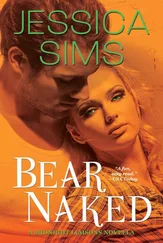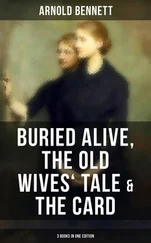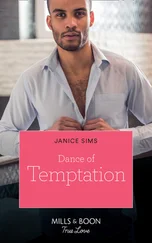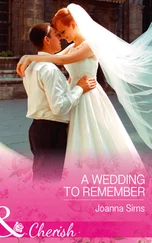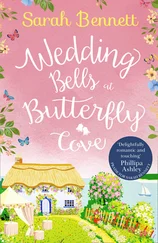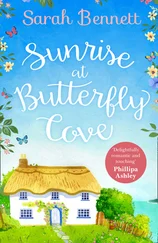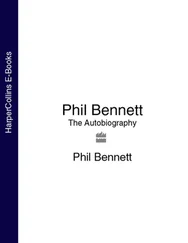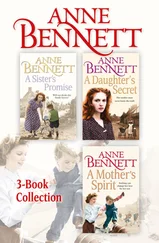56
Throughout every chapter in FIGHT THE BITE , the artists hew to the generic convention (observable in most safety manuals) of not conveying emotion in their subjects’ faces. Like the passengers in aircraft manuals, who seem to suffer plane crashes apathetically, reaching for oxygen masks as calmly as for a ceiling light’s dangle-chain, the characters in FIGHT THE BITE are curiously underwhelmed by the epidemic. By placing a strict taboo on representations of panic (or of any other human feeling), the safety manual effects a kind of iconoclasm of affect, portraying a world in which the imperiled meet death like stolid pod people. So whether characters are boarding up windows, being bitten, or bleeding to death, they each wear the same fixed facial expression: bored, prim-lipped, unblinking. What’s fascinating about this generic convention in FIGHT THE BITE particularly is that the undead are portrayed with the same glazed faces. The expression is probably meant, in their case, to signify automatism, but it is in fact indistinguishable from the ‘calmness’ or ‘equanimity’ of the living. A curious result is that the transition from life to undeath in the pamphlet is artistically understated. Since the undead faces are equally affectless as the living ones, the only aspect that distinguishes them is their empty, white eyeballs; and since all that the reanimation sequences entail is the blanking of a victim’s eyes (in three panels a man can be brutally bitten, collapse, then get up again without the expression on his face changing; in each stage identical except that, in the final panel, the artist enucleates his pupils), it is as if whited eyes are the only price to pay for undeath. As if that is the only toll for entry into the underworld: not two pennies on the eyelids, but two clouded contacts in the eyeballs.
57
The dialectical point that goes unmade in FIGHT THE BITE (and which I myself neglected to make, in my argument with Rachel about it) is that this so-called estranged or defamiliarized way of seeing — in which you reduce familiar faces to indistinct blurs, drained of all memory and affect — is precisely how the undead ‘see’ by default. They always already see this way: they know we’re here, but they do not see us. That is why they can so uniformly ignore their loved ones’ faces, and why undead husbands can eat their wives. The dialectical point, then, is just this: that you have to briefly make yourself undead to avoid being made undead. Confronted with an undead face, you have to perceive it in the same way that it is perceiving you — to see as it sees and to that degree participate in its vision — in order to escape being bitten. That’s one of the secret reasons I’m so fascinated by these exercises: it’s as if I’m teaching myself to see as the undead see. As if — by estranging Rachel successfully — I could see her as the jogger was seeing me.
58
Here I had to stop myself from bringing up her father’s funeral. Hasn’t she herself said that she found it impossible to believe, on that day, that the peaceful and composed face in the coffin belonged to a corpse? That she kept expecting him to open his eyes or smile at her? That, no matter how insistently she told herself that he really was gone, his face kept resisting the death that she attributed to it, as if rejecting a graft of ontological tissue? Now imagine if his eyes did open, I wanted to say to her, and if the state of being that you had to attribute to him was, not death — a concept people are pretty well accustomed to and know more or less when to apply — but undeath, this weird thing that no one understands, and that seems so unlikely, and unlikeliest yet when those white eyes are open like that, looking at you. How hard would that be, I wanted to ask her? How difficult? For all the obvious reasons I bit my tongue.
59
For my part, I’ve only ever compared Rachel’s eyes to Hitchcock’s The Birds , specifically a brief sequence in which seagulls can be seen breasting light against a green hill in the distance of Bodega Bay: their white flecks, hovering over verdure, are what I’m always reminded of when I stare into Rachel’s eyes indoors, for typically swimming in her eye water are little glints from the light bulbs overhead, gull-like gleams winging throughout her irises’ green. I made this comparison well before the outbreak, but since then I’ve had to keep mum about Rachel’s beautiful Bodega Bay eyes, because The Birds has become something of a sore point between us. What happened was that we were rewatching it one night after The Broadcast, and I made the reasonable observation that it could be viewed as a prescient or prophetic undeath film, i.e., that The Birds seemed to be ‘about’ the very epidemic we were now living through. All you had to do was substitute Hitchcock’s avian monsters with our own undead: crowds of birds begin inexplicably attacking the human population; the film’s characters have to board their windows and barricade their doors against waves of aggressive birds; the birds, having destroyed these barricades, flood into the houses and devour their victims alive; characters announce that it is the end-times, an apocalypse, that there are just too many birds, et cetera. At this point in my analysis Rachel let loose an exasperated sigh and complained that we couldn’t watch any movie anymore, not without my finding some way to connect it up to the epidemic and proclaim it an ‘allegory for undeath.’ Guilty as charged, I suppose, though I’m still right about The Birds . And in fact, much of Hitchcock’s corpus seems to prophesy undeath. There’s Psycho , of course, in which a son keeps the stuffed corpse of his mother in the cellar, dressing up as her so that he can wreak havoc in the guise of her reanimated body. But there is also Vertigo , which (as with Solaris ) Matt seems to be subconsciously reenacting. In this movie, a lover — believing his beloved to be dead — begins to revisit and stake out all of her haunts: the park, the museum, the apartment. Like Mazoch, he is recreating the route of her undead itinerary, for when he knew her she had been caught in a kind of undeath: seemingly possessed by the ghost of her great-grandmother, she would often fall into somnambulistic trances, wandering to all of her ancestress’s haunts, visiting the park, the museum, and the apartment on a hypnotic circuit. It is to these spaces that the lover returns, expecting to find his beloved’s undead body there. At each site he spots a doppelganger, a look-alike whom he mistakes for his beloved, just as Matt — peering through the binoculars outside of Mr. Mazoch’s haunts — sometimes identifies a false positive as his father. I don’t know whether Matt has ever seen Vertigo (as with Solaris , I’ve been reluctant to bring it up with him). And I suppose it’s out of the question to rewatch it with Rachel. But it is uncanny. You’d think Hitchcock knew about the infection half a century before the rest of the world did.
60
Odd that ‘draining the face’ is a metaphor I’ve thought of before, only in a diametrically opposite context; that is, the context of vividly committing Rachel’s face to memory. The way in which I kiss Rachel when I’m overjoyed by the beauty of her face — this is how I kissed her at Tunica, for instance, beneath the waterfall, when I saw her smiling goofily at me — is to cup my hands on either cheek and tilt her face toward mine, toward my mouth, the way you bring in a cereal bowl to drink the leftover milk. And while I’m ‘draining’ Rachel’s face in this manner, bringing it slowly toward my own as if to sip from it, I’m usually looking at her and thinking something like, ‘I’ll never forget this face, at this moment,’ which is precisely what I’m trying to forget by ‘draining’ her face tonight.
Читать дальше

